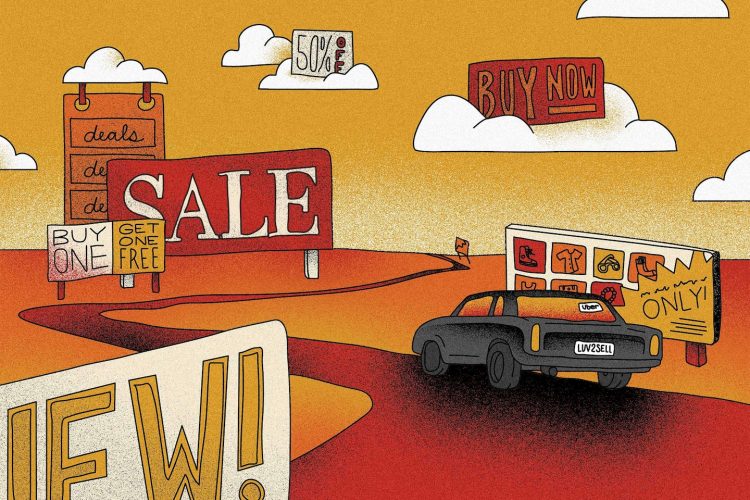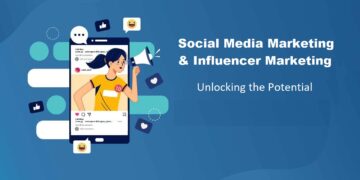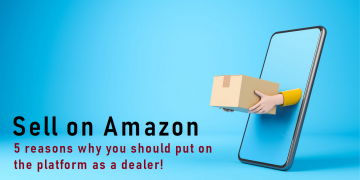Comment on this story
Comment
The next time you take an Uber, you might start seeing ads.
Uber is launching a dedicated advertising division to start making money from its large collection of customer data, including trip and purchase histories, the company said in a blog post last week. That means you’ll see what the company calls “journey ads” before and during your ride. Uber is also testing in-car advertising tablets, such as the kind you may have seen mounted in taxis, in San Francisco and Los Angeles.
“While you’re waiting to be matched with a driver, an ad will pop up in the app, with ads from the same brand also displayed while on trip,” said Carissa Simons, senior manager of corporate communications at Uber. “Uber’s ad formats are designed to reach consumers with relevant offers or information in a non-disruptive way throughout the ride process.”
Uber is following in the footsteps of companies such as Netflix and Amazon, which are turning themselves into ad networks years after launching as subscription-based companies. Unlike Netflix, however, it’s unclear whether sitting through ads will actually lower the price you pay for a ride.
Uber has launched and abandoned moneymaking plans before, but when it comes to selling ads there’s a lot working in the company’s favor, ad experts said. As Apple blocks some forms of cross-app tracking and Google phases out a tracking technology called cookies, companies are running out of ways to reliably profile and target customers, said Alex Bauer, head of product and market strategy at advertising technology company Branch. First-party data, or the type of information customers willingly provide a company, is becoming especially valuable, and Uber is sitting on troves of it, Bauer said.
Given everything it knows about our movements and food preferences through its Uber Eats app, Uber has the potential to serve helpful personalized ads, Bauer said. It also has the potential to creep us out by leveraging information we didn’t expect would be used for advertising, he noted.
There’s also the risk of aggravating customers. “If [Uber] annoys riders with ads that are too disruptive or too invasive, it could be disastrous for its business,” said Michael Nevins, chief marketing officer at advertising technology company Equativ.
It’s a risk Uber seems willing to take, even as some riders report sky-high prices for certain trips. Average Uber fares in the United States rose around 37 percent since September 2019, analytics company YipitData estimates. Uber claims advertising will help keep prices down by generating extra income for drivers.
“We believe advertising on Uber will grow into a strong revenue stream — including for drivers who can benefit from initiatives like car tops and in-car tablets — which can support even more attractive pricing to riders,” Uber’s Simons said. She declined to say how much lower prices would be.
More concerning for riders, though, should be Uber’s alleged history of mishandling customer data and its intimate knowledge of how much we’re willing to pay for stuff, said Leonard Sherman, an executive in residence and adjunct professor at Columbia Business School. In 2016, economists used Uber’s surge pricing algorithm to model consumer demand at different prices — a difficult feat that illustrates just how well Uber could understand our willingness to pay, Sherman said.
Uber won’t use your willingness to pay to target ads, Simons said. After a September data breach, the company said it reported the incident to authorities and that it had no evidence sensitive user data such as trip histories was compromised.
As for whether the potential drop in fares would be enough to make a difference for riders, Sherman said he isn’t optimistic.
“All of this is to enrich Uber,” he said. “I don’t see anything in it for the customer.”
New Yorker Diane Vista said she and her partner, Eric Michalski, use Uber frequently. “If we noticed ads during our ride we’d probably make some snarky comment to each other,” she said.
“But if our rides stayed the same price, we probably wouldn’t notice,” Michaelski added. “Everything’s an ad now, and everybody wants to make a buck off you.”
Source by www.washingtonpost.com






























